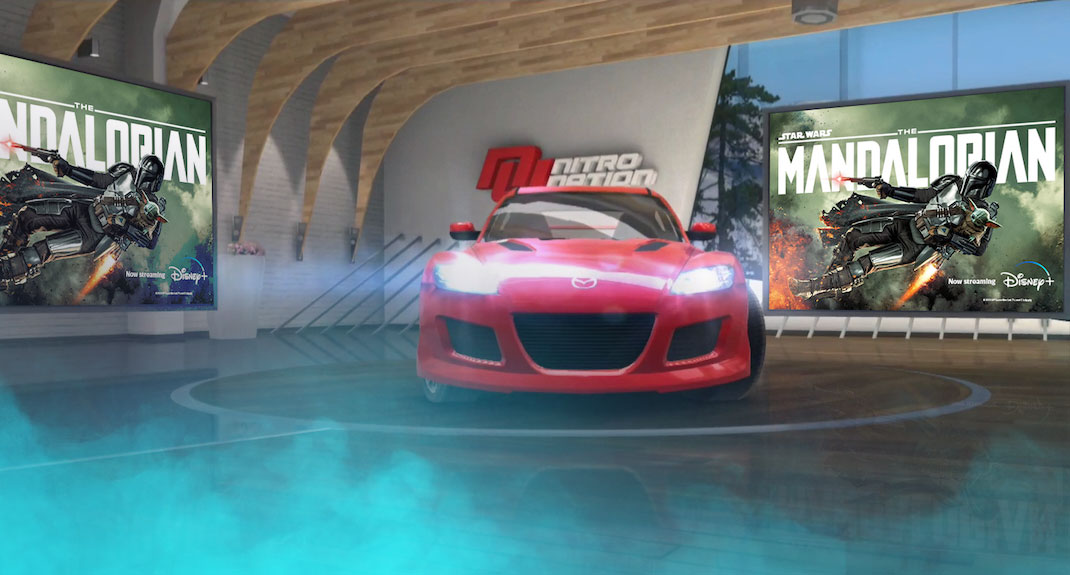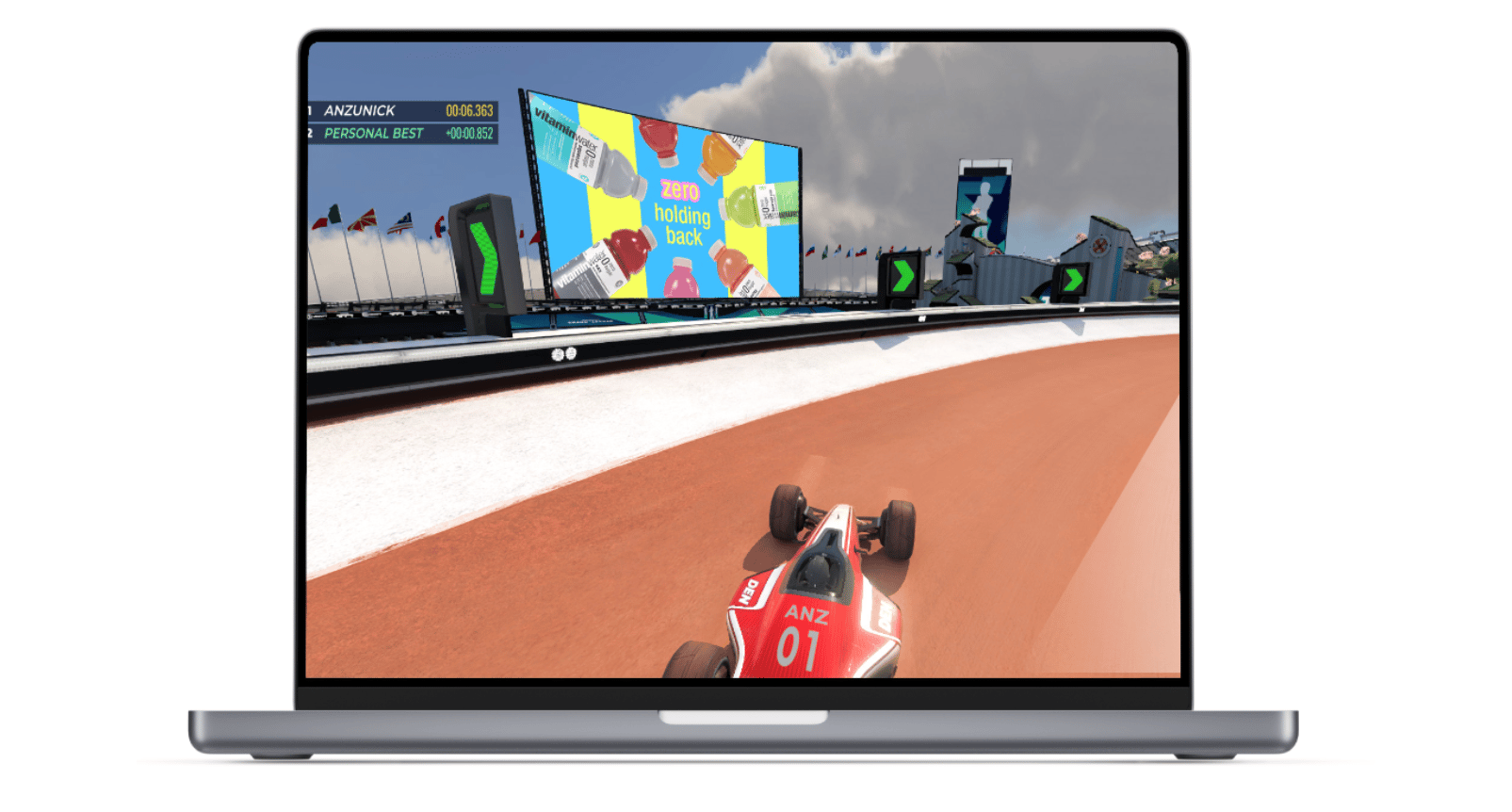- Newsroom
- >
- Why the Inclusion of Intrinsic In-Game Ads in the IAB’s Creative Guidelines is a Watershed Moment for the Industry

Why the Inclusion of Intrinsic In-Game Ads in the IAB’s Creative Guidelines is a Watershed Moment for the Industry
The IAB hosted its third PlayFronts event last month in New York, which has quickly become one of the most important global gatherings for advertising and partnership opportunities in the gaming industry.
One of the most significant announcements that came out of this year’s event was the publication of the updated Creative Guidelines for Best Practices in Advertising in Gaming, which outlines universal guidelines and standards for gaming and, for the first time, includes intrinsic in-game advertising — something Anzu and the wider industry has been waiting a long time for.
We worked closely with the IAB to help produce the guidelines and made a significant contribution towards them, thanks to the knowledge we’ve gathered over the past seven years and also the data we hold from measuring the creative impact of various campaigns and also of game performance.
On top of gaming being a legitimate advertising channel, intrinsic in-game advertising has peculiarities that brands need to be aware of and keep in mind. Therefore, it’s important for advertisers to follow these guidelines and understand how they can create ads specifically for gaming, rather than retrofitting an ad and expecting it to work effectively. Imagine taking a bend at 200mph and stopping to watch a 30-second TV commercial inside a racing game, or clicking on a banner while attempting to defeat an end boss.

These guidelines are a huge step towards educating brands, as well as media and creative agencies, about the subtle nuances of intrinsic in-game advertising, and they have the potential to enhance the idea and messaging inside an ad, making for successful and effective in-game campaigns.
On the guidelines, Zoe Soon, Vice President, Experience Center, IAB said:
"Our Creative Guidelines and Best Practices in Advertising in Gaming aims to help preserve the Player First ethos and help brands get it right when activating in games. From interactive overlays to rich media experiences, we're providing guidelines and identifying best practices to ensure ads enhance rather than disrupt gaming. By encouraging collaboration within the gaming and advertising communities, we're building a future where ads not only meet brand goals but also contribute to a gaming journey that everyone can enjoy."
What can we learn from the guidelines?
Looking specifically at intrinsic in-game advertising, the guidelines address the challenges of intrusive advertising and touch upon areas like visual appeal, ad formats and sizes, and ad placement and frequency. Here are ten key points worth highlighting:
– Use short and concise CTAs (ideally three to five words)
– Video ads are the most effective around six seconds long
– Starting a video ad with your logo is encouraged
– Limit text headlines to seven words or less
– Make text bold and clearly readable
– Avoid showing more than four to five ads concurrently
– Don't use creatives that aren't suitable for OOH
– A minimum of two ads should be on screen, but no more than four or five
– Three to five impressions per user per day is optimal
– Aspect ratios will differ according to platform (eg. mobile, PC, console)
-2.webp?width=1605&height=862&name=Template%20Anzu%20Asks%20(4)-2.webp)
These guidelines are simple insights on how optimized creatives can improve the effectiveness of in-game campaigns. When followed, they should ensure that ads are engaging to players without disrupting their gameplay. They will also help eliminate unnecessary elements that frustrate most creative agencies, such as long, verbose headlines, product points, or difficult-to-understand hashtags.
Alongside these guidelines, we have also created our own creative best practices that further build and explore a few extra points. However, it’s important to note that they are all in line with what’s outlined in the IAB guidelines. We put these best practices together based on data from hundreds of campaigns we’ve run across many games and platforms. This was done to help advertisers further understand the gaming environment's nuances and ensure their ads are respected, make sense, and elevate the gaming experience.
Moving forward, we will continue to adapt and learn what creatives work across different games and genres and the nuances between various types of advertisers and campaign goals, allowing us to further guide advertisers as they continue to embark on their creative journey into the exciting world of gaming.